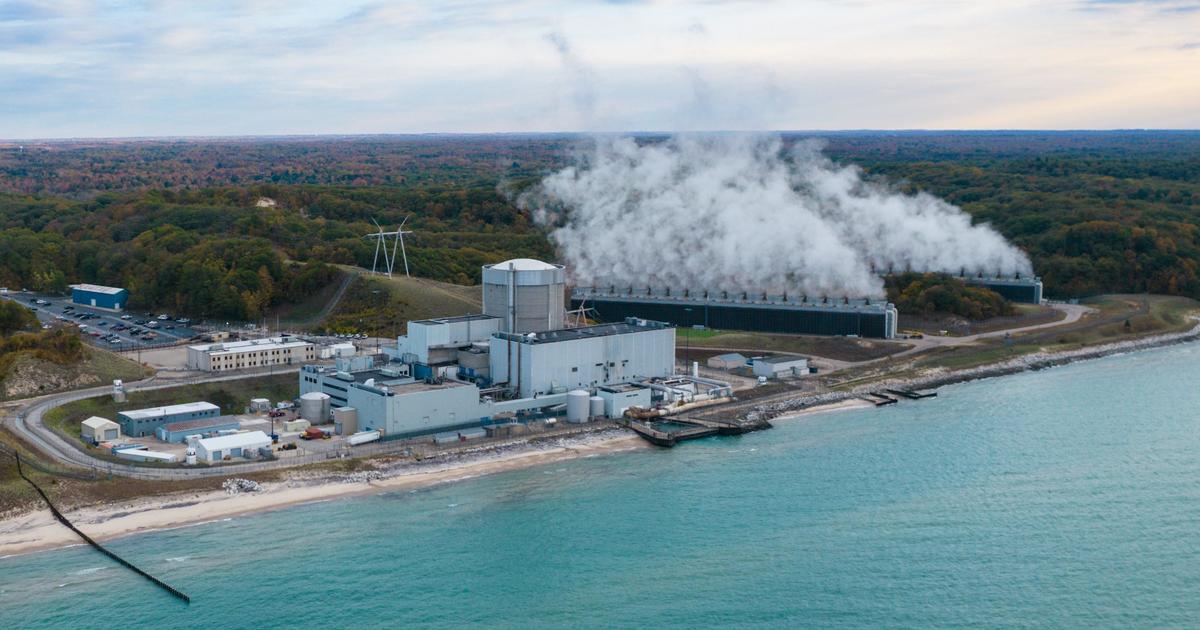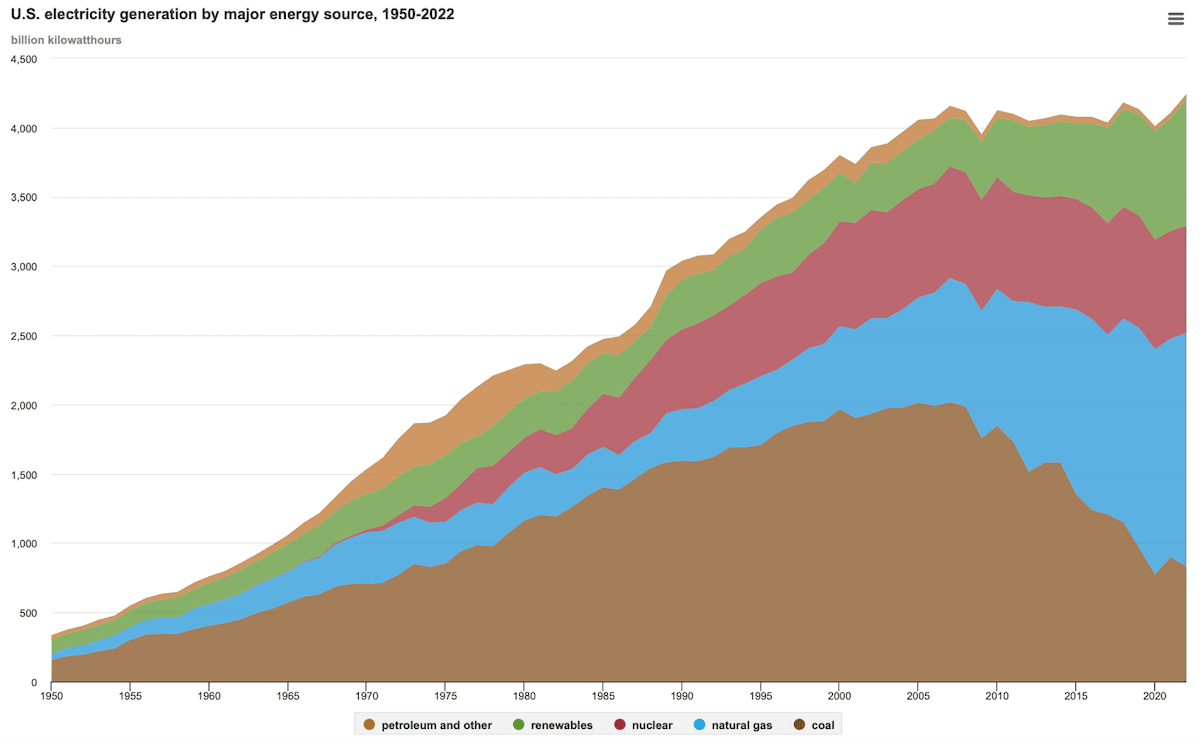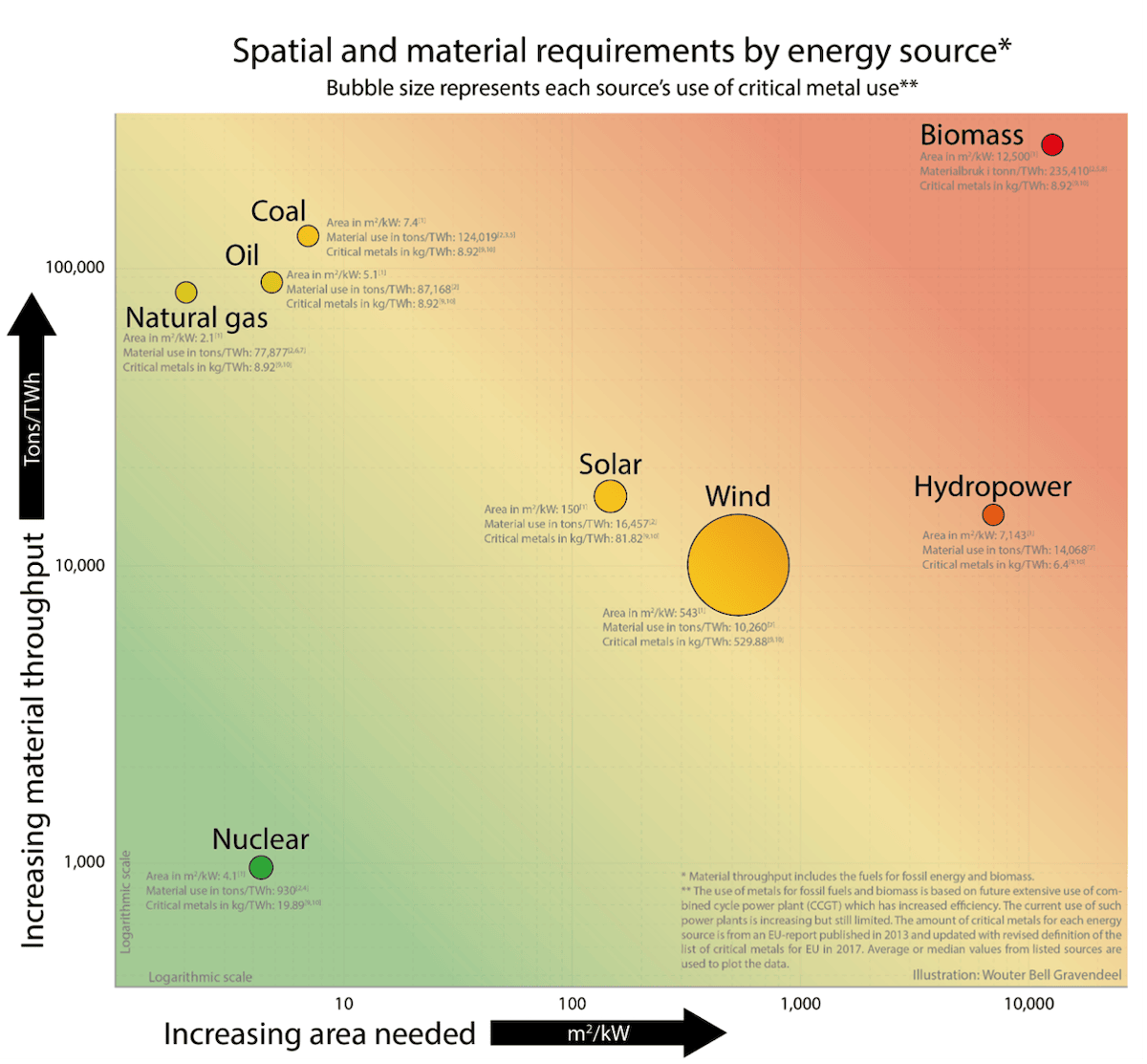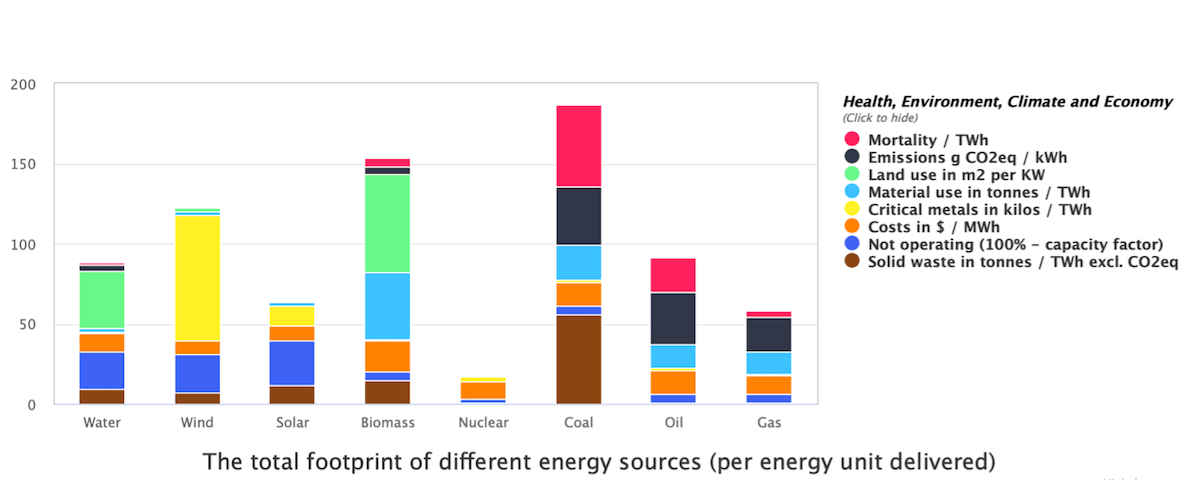
For more than 50 years, the Palisades nuclear fission power plant provided safe and clean electricity to southwest Michigan.

Located about 40 miles west of Kalamazoo, MI and on the shore of Lake Michigan, the Palisades was shut down permanently in May of 2022.
It was subsequently purchased by Holtec International, a firm that specializes in managing nuclear fuel… and decommissioning nuclear power plants.
The plan was for Holtec to decommission Palisades… and then use the location to build and commission two small modular reactors — the next generation of even safer, clean nuclear fission powerplant technology.
While that was the plan…
That’s not what happened.
As it turns out, the cost, time, red tape, and politics related to commissioning any new nuclear power plant are so prohibitive in most Western countries, it seems nearly impossible to get any projects off the ground.
And that’s what actually happened with Holtec.
The costs associated with building and commissioning of two small modular reactors would not be sufficiently covered by any Department of Energy loan guarantees. So the plan changed.
And yesterday, it was announced that the Department of Energy would provide a $1.52 billion loan guarantee to — get this — re-start Palisades.
That might not seem remarkable at face value. But consider this…
Palisades will become the first ever nuclear power plant to be restarted in U.S. history.
For decades, there has been so much irrational resistance to nuclear power, specifically nuclear fission, that it has held back the development of next generation nuclear power, which is far safer.
This came at a terrible cost.
The U.S. continues to produce more than 60% of its electricity from fossil fuels.
The solution has always been there, but ignorance and politics have set many countries back by decades. This has only meant that countries continue to use coal, natural gas, and even old growth forests (wood) to fuel energy needs.
Perhaps more surprising than the $1.52 billion loan guarantee for the restarting of Palisades, was the messaging coming out of the government.
The governor of Michigan said — of the plans to restart Palisades — that it would drive “$363 million of regional economic impact and helping Michigan lead the future of clean energy.”
Even the White House energy secretary was on board, saying, “Nuclear power is our single largest source of carbon-free electricity, directly supporting 100,000 jobs across the country and hundreds of thousands of more indirectly.”
It felt like I stepped into the Twilight Zone as I read the news.
Has the tide finally turned for nuclear power? Have the realities of clean energy finally sunk in on those who are misinformed or delusional?
It’s sure looking that way.
After all, the Watts Bar Nuclear Power Plant commissioned its new Unit 2 power plant just in 2016.
That was the very first new nuclear power plant to be commissioned this century.
And more recently, The Vogtle Electric Generating Plant in Georgia began operations last year. It felt like a minor miracle… after a decade of development and an unbelievable cost of $35 billion.
So, two new nuclear fission power plants commissioned in the last 8 years, and now the approval to restart the operations of a third. What’s going on?
Reality has set in.
It simply can’t be ignored any longer.
The reality is that energy production — and demand — continue to rise to all-time highs.
And more than 60% of all electricity produced in the U.S. continues to be from coal and natural gas.
If the goal is to reduce or eliminate emissions, then nuclear power is the only choice for baseload 24/7/365 electricity production. It always has been… And yet, shown below, nuclear power — as a percentage of energy source — has been flat for the last 20 years.

But one thing is certain, demand will continue to increase.
The explosion in artificial intelligence has a material impact on electricity demand. We explored this in Outer Limits—The Unyielding Demand for Power.
Within a few years, the increase in electricity required to power artificial intelligence software will be more than 100 terawatt hours year and growing.
And in the case of the U.S., which has allowed more than 9 million illegal immigrants to freely cross the border, the exploding population also had a material impact on the need for more electricity production.
Aside from the demand, there have always been some stark realities related to energy production by energy source.
The below image makes it very easy to understand.

The above chart shows the tons of material per terawatt hour (on the y-axis) and the area needed per kilowatt (on the X-axis).
Energy sources that require massive material (thus environmental damage due to extensive mining) and large areas are inefficient… and have environmental and economic disadvantages.
And energy sources in the lower left corner have the smallest environmental impact and largest economic impact due to the least material requirements. Nuclear energy is a clear standout.
Shown in another interesting way is the total footprint calculated by equally weighted parameters per terawatt hour of energy production.
More generally, we can think of the below chart as a benchmark that represents the total environmental footprint of each source of energy. This perspective also shows a similarly striking comparison…

The bottom line is: Nuclear energy has the smallest overall footprint, by far, with natural gas a distant second, and solar after that.
The analysis doesn’t, however, take into account whether or not solar can run 24/7, which we know it cannot.
Or how about the striking images below of what happens to a solar power plant when it meets a hailstorm. The video below is from two days ago after a hailstorm in Fort Bend County Texas.

I’m curious what entity is going to foot the bill for this kind of damage.
It’s kind of sickening… considering all of the mining that had to take place to manufacture these panels, which have now become useless and will almost certainly end up in a landfill somewhere.
That’s not the solution to clean energy.
So there’s reason for us to be hopeful…
These latest developments, from factions that have historically been antagonistic towards nuclear energy, are now shifting towards support.
This is clearly bullish for the uranium industry mid- to long-term. Interested investors who are bullish might consider the Sprott Physical Uranium Trust (SRUUF) to gain long-term exposure to uranium.
This trend is also bullish for companies building next generation nuclear power technology… which I know my readers are ready for.
And while nuclear fusion as a source of energy production — a favorite topic of mine — is quite different from nuclear fission, this emerging trend will also be bullish for all the exciting developments in nuclear fusion that we have been tracking closely in Outer Limits.
If you have any questions, comments, or feedback, we always welcome them. We read every email and address the most common threads in the Friday AMA. Please write to us here.